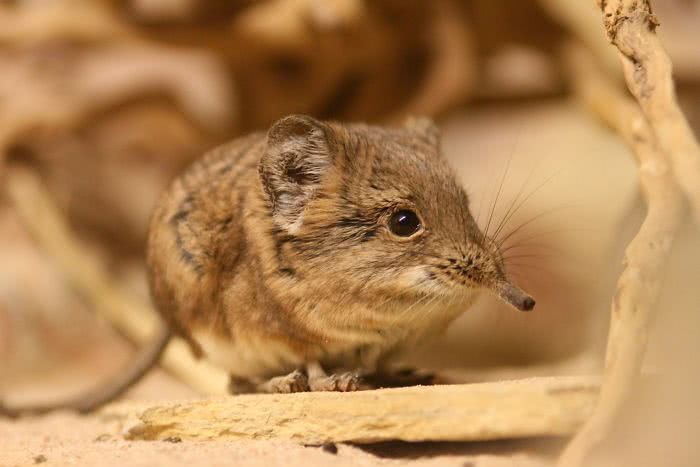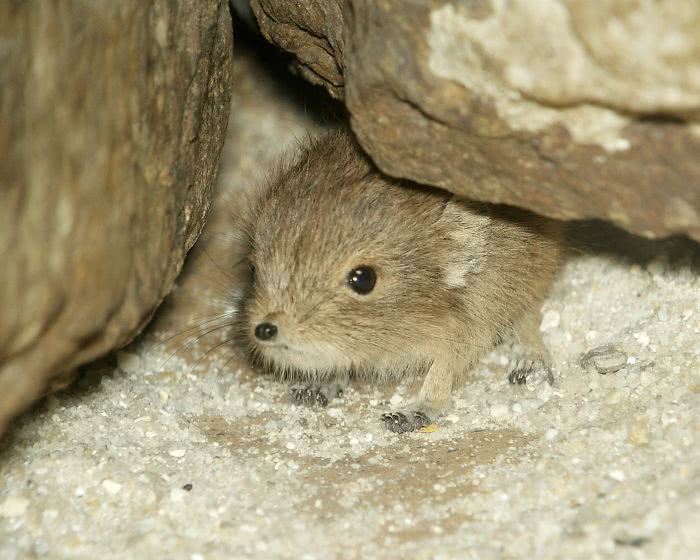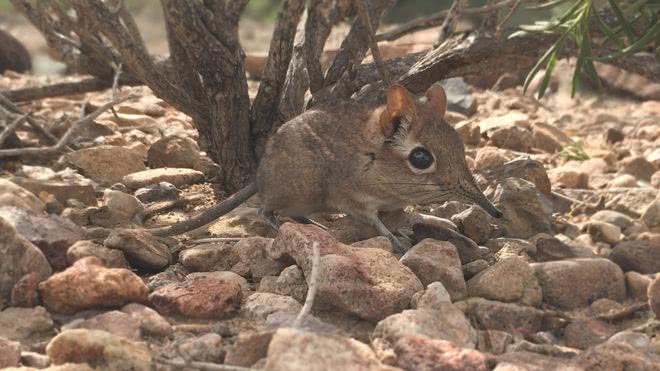We thought we would never see this cute little furball alive again. It is known as the Somali elephant shrew (or Somali Sengi ) and, after 50 years disappeared, has been rediscovered.
After hearing reports of encounters with the mysterious animals, the scientists decided to look for themselves. This specimen was discovered in Djibouti, Africa, by a team of scientists.

“We didn’t know what species occurred in Djibouti and when we saw the diagnostic feature of a small tufted tail, we looked at each other and knew it was something special,” Steven Heritage, a researcher at Duke University Lemur Center , told the BBC .
To capture Somali elephant shrews, scientists used more than 1,000 traps in 12 different locations. And as bait, a mixture of peanut butter, yeast and oats was used.
The inhabitants of the region do not consider that the animals have disappeared at any time.

“This is a welcome and wonderful rediscovery during a time of turmoil for our planet, and one that fills us with renewed hope for the remaining small mammal species on our most wanted list, such as DeWinton’s golden mole, a relative of Sengi, and the Ilin Island cloud corridor, ”
Heritage told the BBC.
“Discovering that Somali Sengi exists in nature is the first step towards conservation. Now that we know he survived, scientists and conservationists will be able to make sure he never disappears, ”Kelsey Neam of Global Wildlife Conservation told the BBC.
There are twenty species of elephant shrew on the planet.
Some of the living genetic cousins closest to the Sengli Somali are the elephant and the manatee .



























Discussion about this post